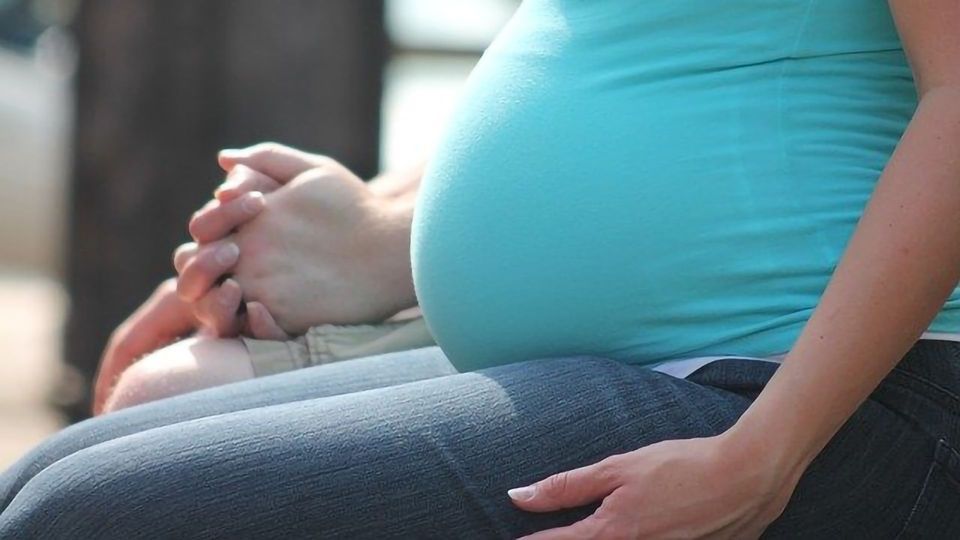Evidence of SARS-CoV-2 Transmission Across the Placenta

Complete the form below to unlock access to ALL audio articles.
A study published in Nature Communications presented evidence of transplacental transmission of SARS-CoV-2 from an infected mother to her unborn child.
The mother had been infected with SARS-CoV-2 during the third trimester of pregnancy, developing associated clinical signs, including coughing and pyrexia. Following birth, the baby also displayed neurological signs in line with those observed in some children and adults. The team from Paris-Saclay University Hospitals measured viral levels in the mother, child, amniotic fluid and placental material. Immunohistochemistry was performed on the placental tissue and cerebral imaging and cerebrospinal fluid (CSF) sampling performed on the child following birth.
Virological and pathological analyses showed high viral loads in the placenta in particular. There was also clear evidence of placental inflammation and SARS-CoV-2 was detected in placental specimens.
“This is a very detailed and well characterized case report showing very likely transplacental transmission of the SARS-CoV-2 virus. The authors have gone to great lengths to be as methodologically scrupulous as possible,” commented Christoph Lees, Professor of Obstetrics, Imperial College London.
Concerning the neurological signs in the newborn, CSF was negative for SARS-CoV-2 but some abnormalities were seen on early MRI scans that improved during the weeks following birth. Following a stay in hospital, the baby is now doing well. “The unusual feature of this case is that the baby developed some form of transient neurological condition, not unlike what has been described in children and adults. We cannot be sure that the baby’s apparently reversible brain MRI imaging findings were due to the virus itself as the viral cultures taken from baby’s spinal fluid were negative. If the baby had an infection affecting the brain, we would expect them to have been positive. Reassuringly the baby’s ultrasound and brain function tests were normal,” continued Lees. He concluded, “This is the most convincing case yet reported of transplacental transmission.”
Marian Knight, Professor of Maternal and Child Population Health, University of Oxford, said, “Among the many thousands of babies born to mothers with SARS-CoV-2 infection a very few have been reported to also have a positive test for SARS-CoV-2 – around 1-2%.” Even with the few previous cases where COVID-19 has been detected in newborns, postpartum transmission could not be ruled out. Knight continued, “As in this report, most babies do not appear to become severely unwell. It is still unclear whether the virus passes across the placenta; this report provides evidence that it may. However, when all current research is considered together, it does not suggest that virus crossing the placenta causes frequent significant illness in babies. The most important message for pregnant women remains to avoid infection through paying attention to hand washing and social distancing measures.”
“In 244 live born babies of infected mothers in the UK, 95% had no sign of the virus, and outcomes are similar to non-infected babies. This report adds knowledge to a possible mechanism of transfer to the baby, i.e. via the placenta while pregnant, but women can remain reassured that pregnancy is not a significant risk factor for them or their babies with COVID-19,” commented Andrew Shennan, Professor of Obstetrics, King’s College London.
Researchers at the Wayne State University School of Medicine and the Perinatology Research Branch of the National Institute of Child Health and Human Development/National Institutes of Health in Detroit have found that placental cells typically express the mRNA needed to generate the cell entry receptor and protease required by SARS-CoV-2 to invade human cells at very low levels. Their work was published in eLife and may go towards explaining the rarity of transplacental transmission events.


